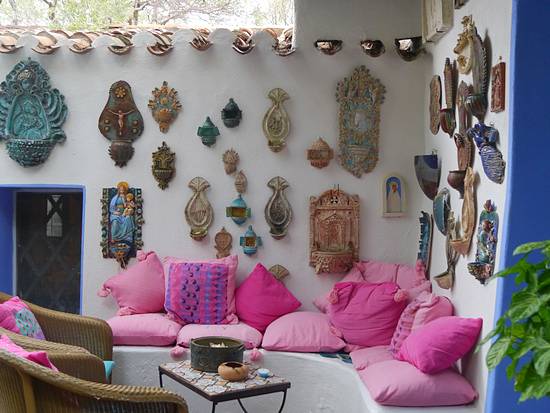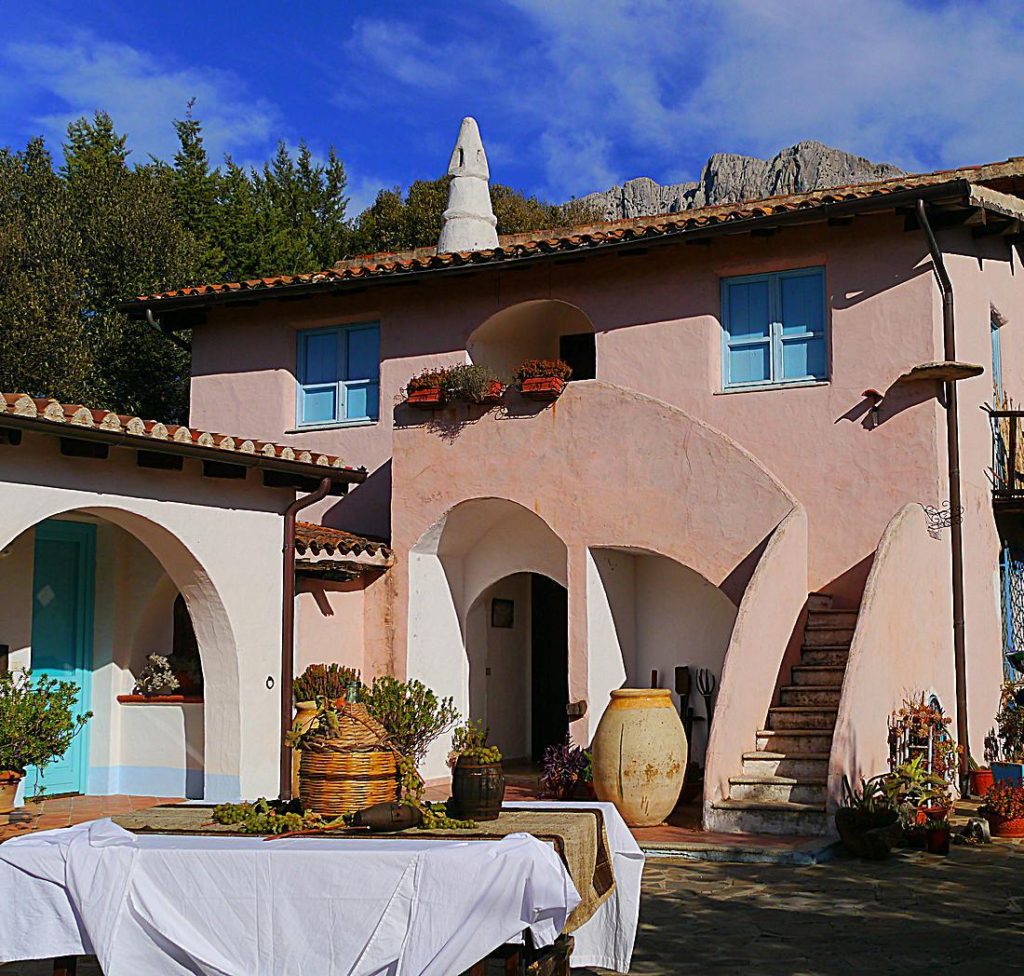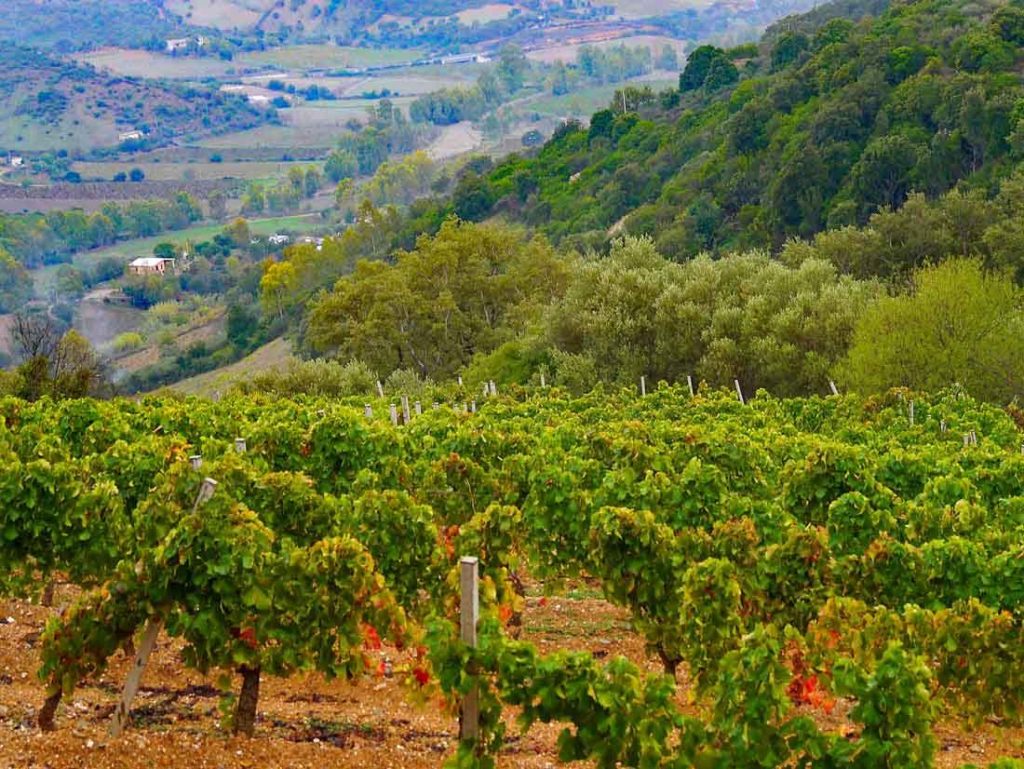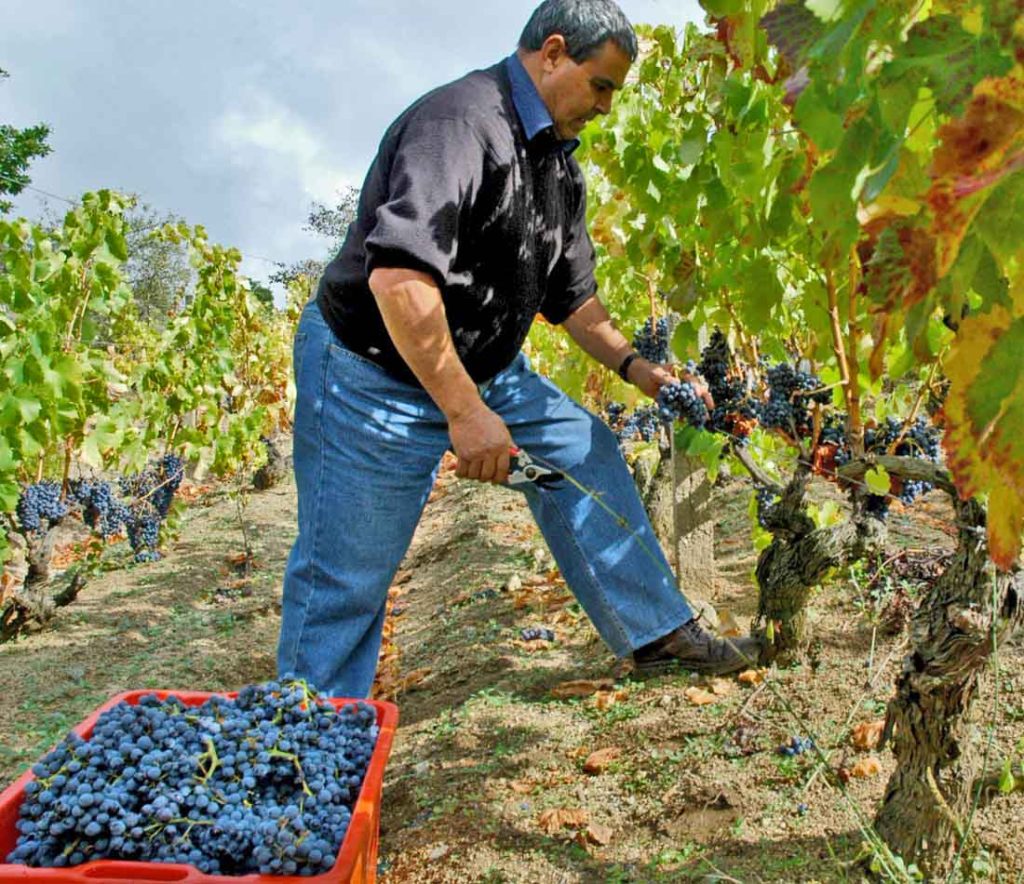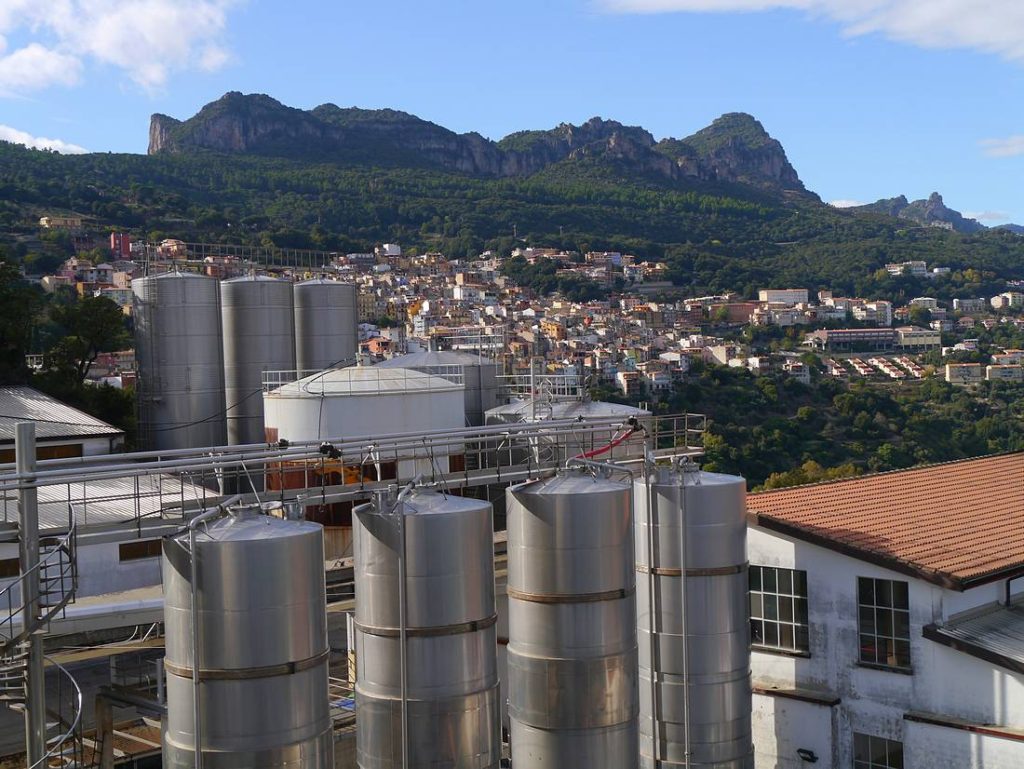
Limestone mountains loom over Jerzu vines
Famed for its local strain of Cannonau, the vineyards of Jerzu grow in a massive natural amphitheater scooped out of the side of a limestone range. The basin ascends from sea level to 750 meters, and the soils are all a mix of soft limestone and crumbly schist. The photo above shows the ridge and the hillside village of Jerzu. The industrial site in the foreground is the Antichi Poderi Jerzu cooperative (www.jerzuantichipoderi.it/en/), which produces 1.8 million bottles a year. The predominance of limestone subsoil at Jerzu means that the vines have to live with scarce water that drains away underground. This drainage carves out great cavern systems for spectacular spelunking. On the outskirts of nearby Ulassai, the Grotta di Su Marmuri (www.grottasumarmuri.it) is open...Read More


